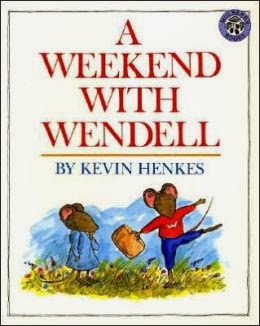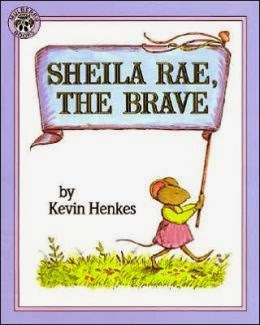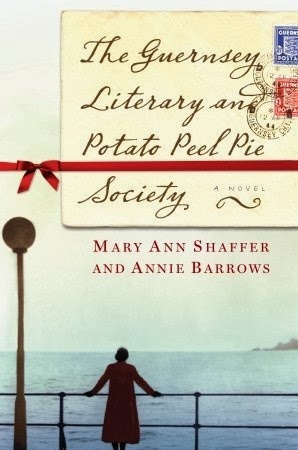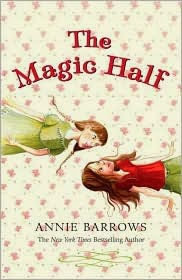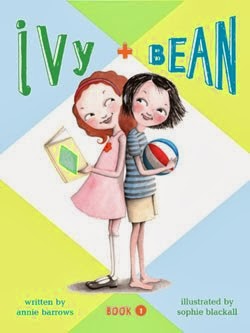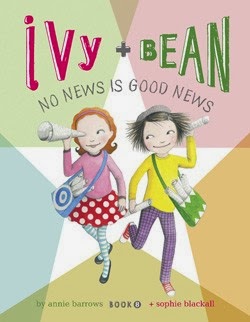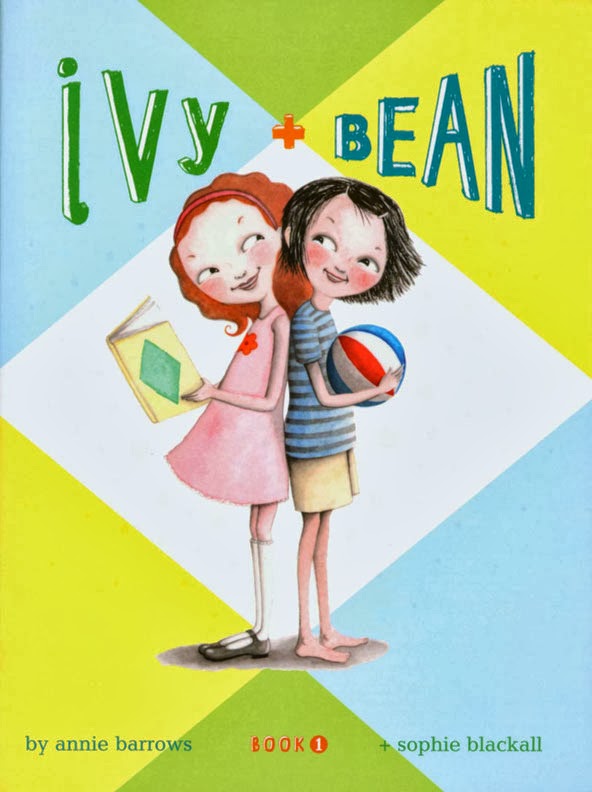Before I officially review The Year of Billy Miller by Kevin Henkes, an author who writes and illustrates for all levels short of YA, I'd like to take a paragraph to talk about the rare and marvelous perspective he brings to all his books. One review of The Year of Billy Miller by Kevin Henkes describes and praises the book in this way, "Billy Miller's second-grade year is quietly spectacular in a wonderfully ordinary way." This description could actually describe all of Henkes's books, from his picture books to his beginning readers featuring Penny, to his chapter and middle grade books. Henkes has a brilliant way with the "quietly spectacular" and the "wonderfully ordinary" that is difficult to capture in a review and unique in the world of kid's books. The stories he tells may seem quiet and small, but the characters he creates are vividly memorable and emotionally resonant. What makes Henkes's books endearing and enduring is his seemingly effortless understanding of children as well as parents and his ability to translate this subtly to the page, both in text and in illustrations. As Priscilla Gillman says in her review of The Year of Billy Miller for the New York Times, "The adults in the novel help Billy and his younger sister, Sal, in the same way that Henkes helps his child readers, not didactically, but organically, by recognizing their vulnerability, sanctioning their anxiety, and encouraging them to face challenges with confidence and ingenuity." Because it's so hard to convey this quality in a brief description of the plot of one of Henkes's books, I entreat you to read all of his picture books and at least one of his chapter books to experience the quality of his writing for yourself.
Henkes's book begins, "It was the first day of second grade and Billy Miller was worried. He was worried that he wouldn't be smart enough for school this year." Billy Miller's year begins in the summer, just before the start of the school year, when a serious fall leaves him with a lump on his head that won't go away, but with no other outward signs of injury or damage. But, when Billy overhears his mother worrying to his father that there might be lingering effects of the fall that show up later, that he'll "start forgetting things," Billy begins to worry as well. The Year of Billy Miller is divided into four parts: TEACHER, FATHER, SISTER, MOTHER. In these four parts, the reader sees Billy interacting with each of these important people in his life in ways that give depth to his character and show the importance of seemingly small everyday situations. Billy thinks he has made a bad impression on his new teacher, Ms. Silver and, with the logic of a second grader, thinks of a way to show her that he really is a nice person. When Billy has to make a diorama for school, his father, a sculptor and artist, lends a hand, even finding a way to turn the disaster of Billy's little sister, Sal, getting her glitter in his bat cave, into an asset. While I loved every part of The Year of Billy Miller, my favorite part is SISTER, when we see the complex relationship between siblings. Three year old Sal, with her grungy pillowcase of "nearly identical, pale yellow plush whales," collectively known as the Drop Sisters because all their names have the word "drop" in it (Raindrop, Gumdrop, Dewdrop, Lemondrop, Snowdrop) is the right amount of Ramona and Clementine-esque and realistic. When their parents leave them home overnight with a sitter and Billy's best friend can't sleepover and stay up all night with him as they had planned, Billy decides to go it alone. When that proves too hard, he makes his way to Sal's room and wakes her up, telling her there is a prize in it for her if she can stay awake all night. Experiencing the interactions and conversations between the two feels like a rare glimpse as seen through the crack in a door when spying on your kids, as I'm sure all parents do. The final part of the book, MOTHER, begins with a class assignment in which Billy has to write a poem about a family member for a show his class will put on and his worries over hurting the feelings of the parent he doesn't choose to write about. Billy makes his choice and writes a poem that is at once beautiful and touching and simplistically childlike. And with this, The Year of Billy Miller ends on a very sweet note.
One concern of mine when I first started reading The Year of Billy Miller is the length of this book. At 229 pages, this seems like a book that is too long for the very audience it is intended for. However, the font in The Year of Billy Miller is larger than typical and Henkes's provides a handful of spot illustrations scattered throughout. In reality, this book is probably closer to 150 pages. Ultimately, this probably doesn't even bear mentioning, however my nine year old third grader is at the critical stage in his reading career where he is transitioning from chapter books to novels and the the page count of book, or even the perceived thickness, can be an instant game changer. Consider reading The Year of Billy Miller out loud at bedtime - it is calm, but interesting. It won't keep listeners awake or necessarily clamoring for another chapter, but it will leave them interested, thoughtful and wanting more.
The Kevin Henkes Catalog:
Chapter Books
The Penny Beginning to Read Books
The Mouse Books (and one rabbit...)
More Picture Books
(all of these books, with the exception of BIRDS, which Henkes did not illustrate, are available in BOARD BOOK format, for which they are ideally suited!)
Source: Review Copy





